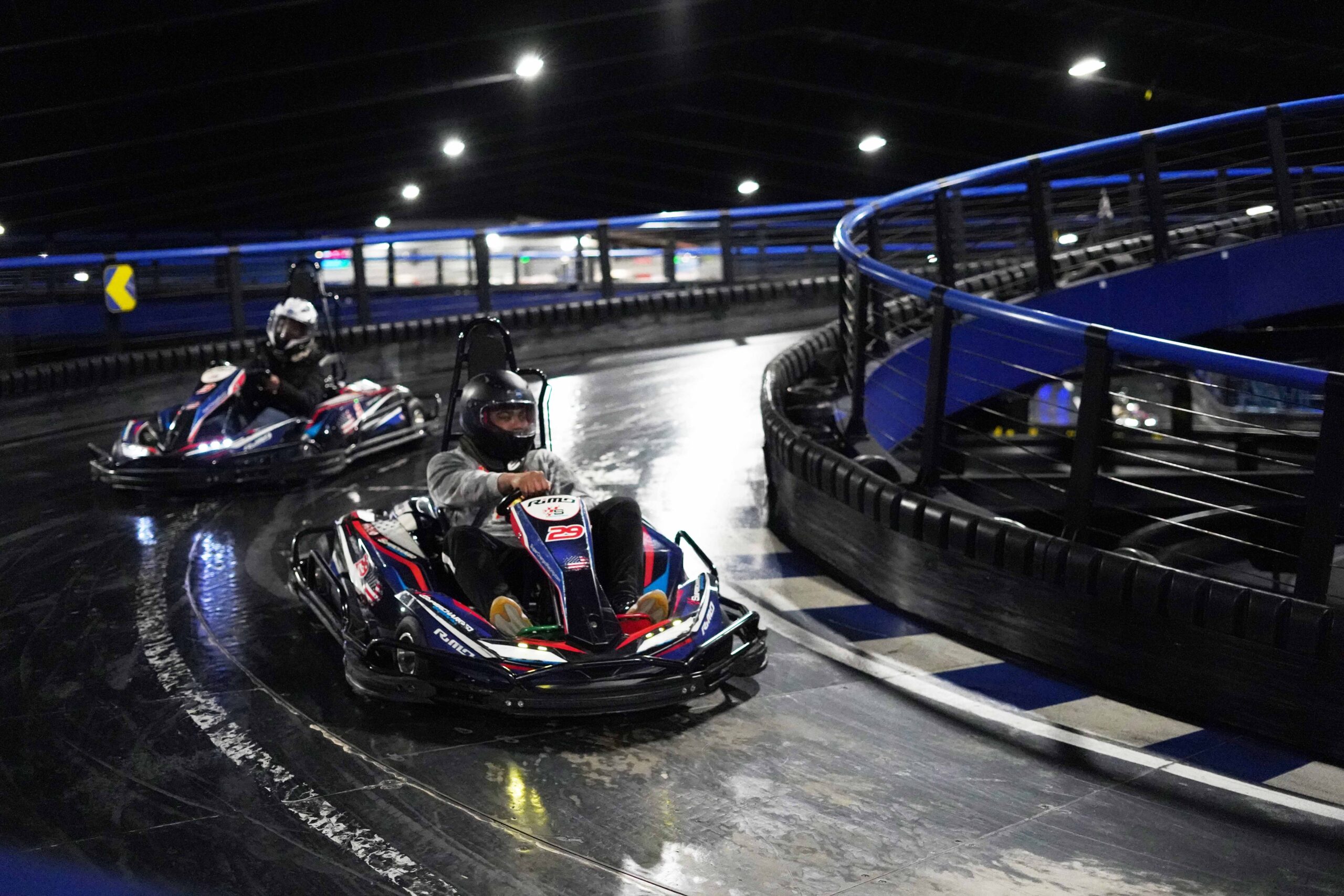Indoor karting has become a popular recreational activity for thrill-seekers and racing enthusiasts alike. This article aims to provide a comprehensive overview of what indoor karting entails freeway e kart, including its history, mechanics, safety measures, and notable differences compared to outdoor karting.
Whether you’re a beginner looking to get started or a seasoned pro seeking new tips and tricks, this article will equip you with the knowledge needed to navigate the fast-paced world of indoor kart racing.

The History of Indoor Karting
Indoor karting, as a recreational activity, traces its origins back to the mid-20th century when the first indoor karting tracks were established in Europe freewayekart. The concept of indoor karting evolved from outdoor go-karting, which became popular in the late 1950s.
As enthusiasts sought to enjoy karting year-round regardless of weather conditions, the idea of constructing indoor tracks emerged. The first indoor karting tracks provided a controlled environment for racing, allowing enthusiasts to experience the thrill of karting in a safe and secure setting.
Over time, indoor karting evolved to include advanced technologies such as electronic timing systems, video screens, and improved track designs. Today, indoor karting has become a global phenomenon, with numerous tracks across the world offering exhilarating racing experiences to those seeking the freedom of speed and competition.
The Mechanics of Indoor Karts
The mechanics of these high-performance vehicles involve a complex system of engines, transmissions, and suspension components. Indoor karts are specifically designed for racing on indoor tracks, where speed and maneuverability are crucial.
To ensure optimal performance, regular kart maintenance is essential. Here are some tips and tricks to keep your kart in top shape:
- Regularly check and change the engine oil to maintain proper lubrication and prevent engine damage.
- Clean and lubricate the chain to reduce friction and improve power transfer.
- Check the tire pressure regularly to ensure optimal grip and handling.
- Inspect and adjust the brakes to ensure efficient stopping power.
- Regularly clean and maintain the air filter to prevent clogging and maintain engine performance.
Understanding the physics behind indoor kart racing is also vital. As these karts are lightweight, they rely heavily on centrifugal force and grip to navigate corners at high speeds. The suspension system plays a crucial role in maintaining stability and handling.
Overall, proper maintenance and understanding of the physics involved in indoor kart racing are key to achieving optimal performance and enjoying the freedom of the race.
Safety Measures in Indoor Karting
Safety is paramount in the world of indoor karting, and implementing proper safety measures is essential to protect drivers and ensure a secure racing environment. One of the most important aspects of safety in indoor karting is the use of appropriate safety equipment. Drivers are required to wear helmets, gloves, and protective suits to minimize the risk of injury in case of accidents.
In addition to personal protective gear, the track design plays a crucial role in ensuring safety. Indoor karting tracks are designed with safety in mind, incorporating features such as barriers, tire walls, and safety nets to prevent collisions and protect drivers from potential hazards. The track layout is carefully planned to minimize sharp turns and provide enough space for overtaking, further enhancing safety on the track.

Indoor Karting Vs Outdoor Karting: What’s the Difference
When comparing indoor karting to outdoor karting, one notable difference is the environmental factors that can affect the racing experience.
In indoor karting, racers are shielded from the elements, ensuring consistent track conditions regardless of weather conditions outside. This allows for a more controlled and predictable racing experience.
Outdoor karting, on the other hand, is subject to various environmental factors such as wind, rain, and temperature fluctuations, which can significantly impact track conditions and the overall racing experience.
Additionally, there is a cost difference between the two options. Indoor karting facilities typically charge a fixed fee per race, while outdoor karting may involve additional costs such as track rental fees and equipment maintenance due to exposure to the elements.
Ultimately, the choice between indoor and outdoor karting depends on personal preference and budget considerations.
Tips and Tricks for Becoming a Pro Indoor Kart Racer
To become a professional in the world of indoor racing, it is crucial to develop a strong understanding of track dynamics and master the art of precision driving. Indoor karting requires a different set of skills compared to outdoor karting due to the confined space and unique challenges it presents.
One key aspect of becoming a pro indoor kart racer is maintaining your kart. Regular maintenance, such as checking tire pressure and alignment, ensures optimal performance and reduces the risk of accidents.
Additionally, focusing on improving lap times is essential. This can be achieved through practicing cornering techniques, finding the ideal racing line, and mastering braking and acceleration points. Analyzing data from each session and making adjustments accordingly will also help in fine-tuning your performance.
Conclusion
In conclusion, indoor karting offers a thrilling and safe racing experience for both amateurs and professionals alike. With its rich history and advanced mechanics, indoor karting has become a popular sport worldwide.
The safety measures implemented in indoor karting ensure the well-being of participants, making it a suitable activity for all ages. While there are differences between indoor and outdoor karting, both offer unique experiences for racing enthusiasts.
By following tips and tricks, individuals can enhance their skills and become proficient indoor kart racers.
